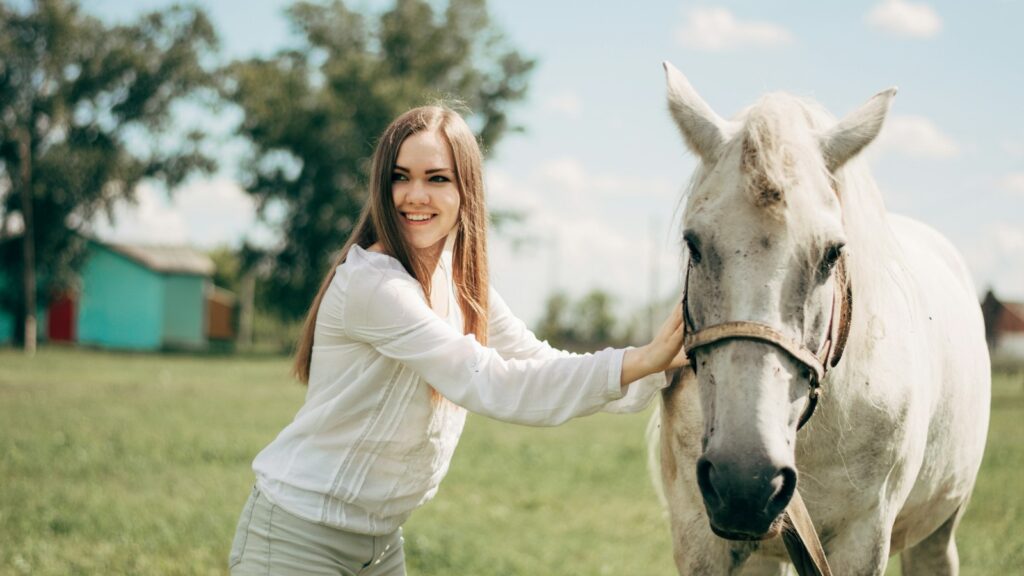Rein control represents the cornerstone of effective horse-rider communication, creating the subtle language through which riders convey their intentions and horses respond with understanding. For both novice and experienced equestrians, mastering the nuances of rein handling transforms ordinary riding into an art form characterized by harmony and precision. This critical aspect of horsemanship spans disciplines from dressage to western riding, trail riding to jumping, each with its own specific techniques but all sharing fundamental principles. In this article, we’ll explore the five most essential aspects of rein control that every rider should understand and practice to develop a responsive, balanced, and trusting partnership with their equine companion.
Understanding Contact: The Foundation of Communication
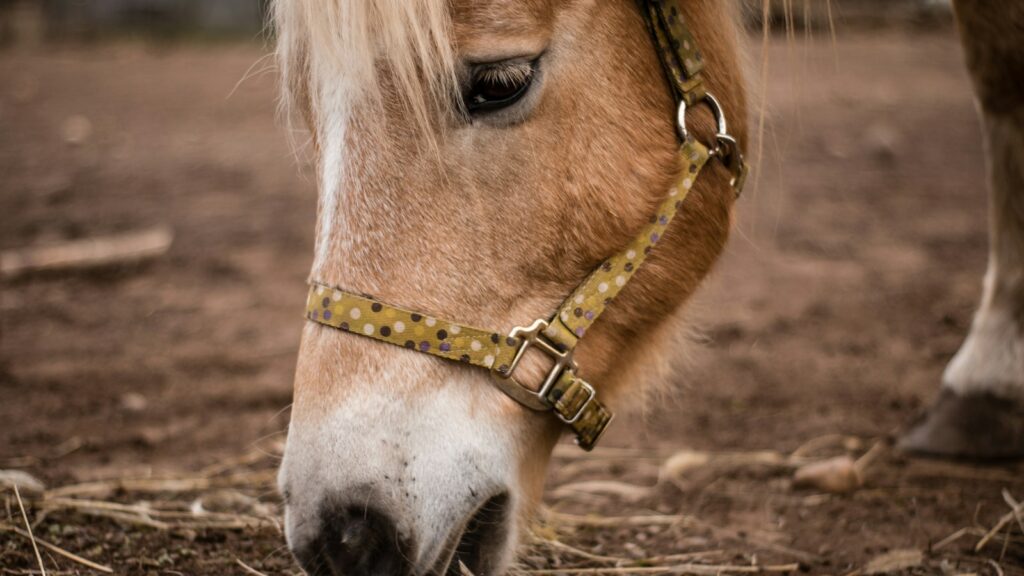
Contact, often misunderstood as simply “having tension on the reins,” actually encompasses the entire elastic connection between the rider’s hands and the horse’s mouth through the reins and bit. Proper contact establishes a conversation rather than a one-way directive, allowing horses to feel subtle weight shifts and finger movements that communicate rider intentions. This delicate connection should feel like holding a small bird – secure enough that it can’t escape, but gentle enough not to cause harm. When correctly established, good contact allows energy to flow from the hindquarters through the horse’s back, neck, and poll, creating what dressage riders call “being on the bit” or western riders might term “collection.” Most importantly, contact should remain consistent – neither slack one moment and tight the next – as inconsistency creates confusion and can lead to a horse that becomes either dull or hypersensitive to rein aids.
Developing Independent Hands: Separating Rein Actions from Body Balance
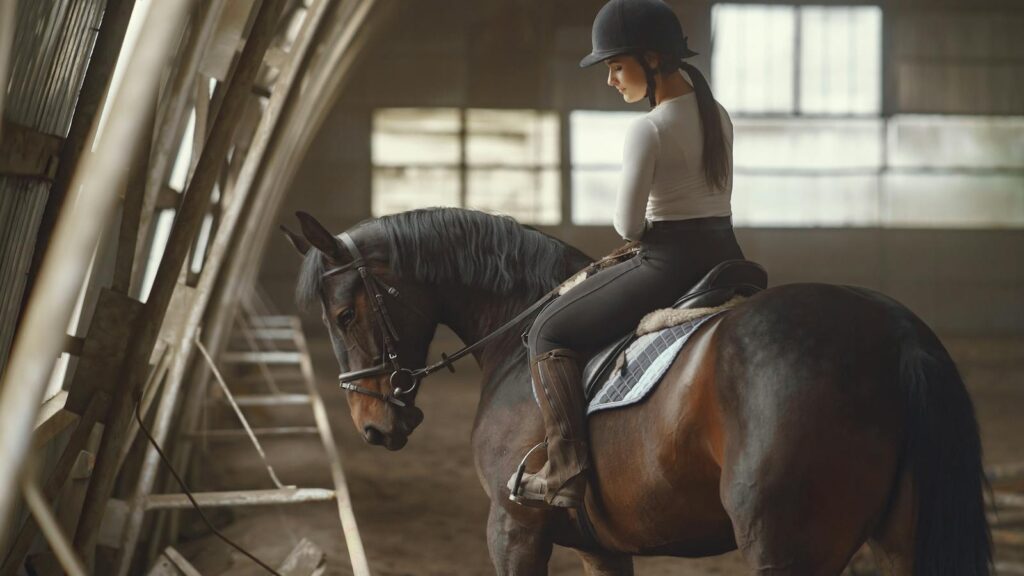
Independent hands represent the ability to use the reins without inadvertently affecting other aspects of your riding position – a skill that takes years to fully develop. Many beginning riders instinctively grip with their hands when feeling unbalanced, causing unintentional pulling on the horse’s mouth and creating confusion between intended cues and accidental noise. Achieving hand independence requires core strength and a secure, balanced seat that allows the hands to operate separately from body movements, especially during transitions and turns. Exercises like riding without stirrups or practicing on a longe line with arms extended to the sides help develop the body awareness necessary for truly independent hands. When mastered, this independence allows for infinitely subtle communication through the reins, with minimal movement visible to observers but clear signals felt by the horse, creating the impression of “invisible riding” seen in advanced equestrians.
Mastering Rein Release: The Art of Giving
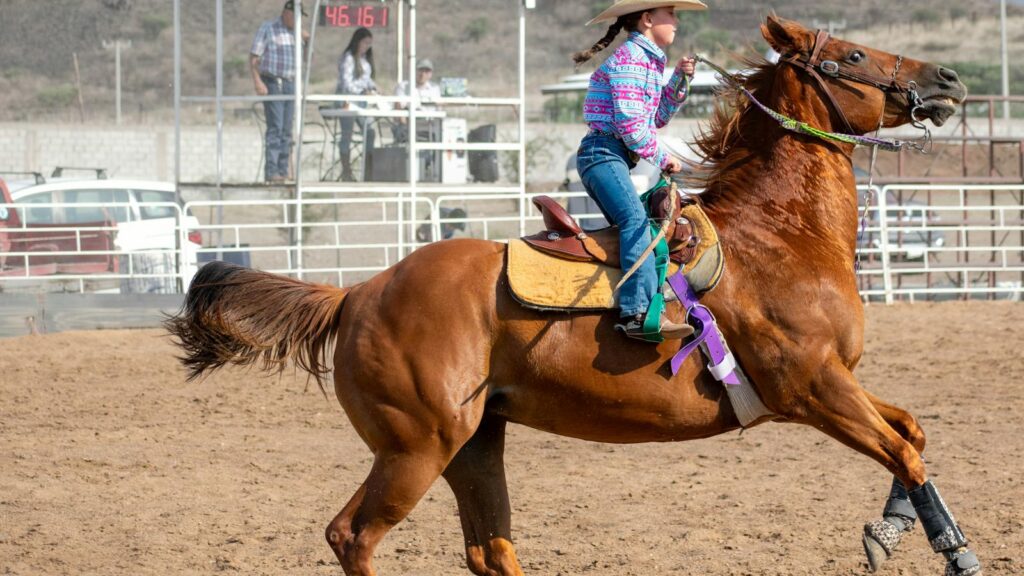
Perhaps the most overlooked aspect of rein control is the crucial skill of release – the moment when pressure is removed to reward the horse for the correct response. Without timely release, horses have no way to understand when they’ve performed correctly, leading to confusion, resistance, and eventually learned helplessness. An effective release can range from a momentary softening of finger pressure to a more obvious forward movement of the hands, depending on the horse’s training level and sensitivity. The timing of this release proves more important than its magnitude, as even a microsecond delay can blur the communication and muddy the learning process. Advanced riders develop what trainers call “negative space awareness” – the conscious recognition of when they’re not applying pressure, making the release as deliberate and meaningful as the initial aid. This rhythm of ask-and-release creates the conversation that defines good horsemanship across all disciplines, from the most refined dressage test to the most challenging trail obstacle.
Direct vs. Indirect Reining: Choosing the Right Technique
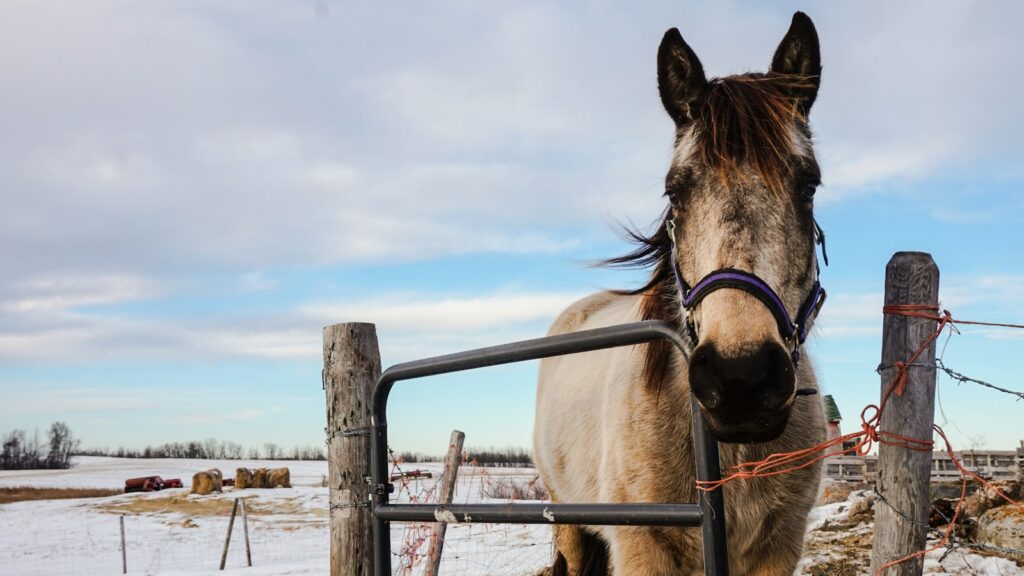
The distinction between direct and indirect reining represents fundamental differences in how riders communicate direction and bend to their horses. Direct reining, where the rider pulls directly on the rein to turn in that direction, provides clear communication for young horses or those in early training, establishing the basic steering mechanism most riders begin with. Indirect reining, sometimes called neck reining in Western disciplines or bearing rein in English traditions, involves laying the rein against the horse’s neck to signal a turn, allowing for more subtle communication and one-handed riding. More advanced techniques include the opening rein, which guides without pulling, and the supporting or opposing rein, which controls the degree of bend without causing the head to turn excessively. Most accomplished riders seamlessly blend these techniques depending on the situation, using direct reining for precise movements and indirect reining for more flowing work. Understanding when and how to apply each technique dramatically improves communication clarity and prevents the common problem of crossed signals that confuse the horse.
Bit Pressure Awareness: Understanding the Impact of Rein Actions
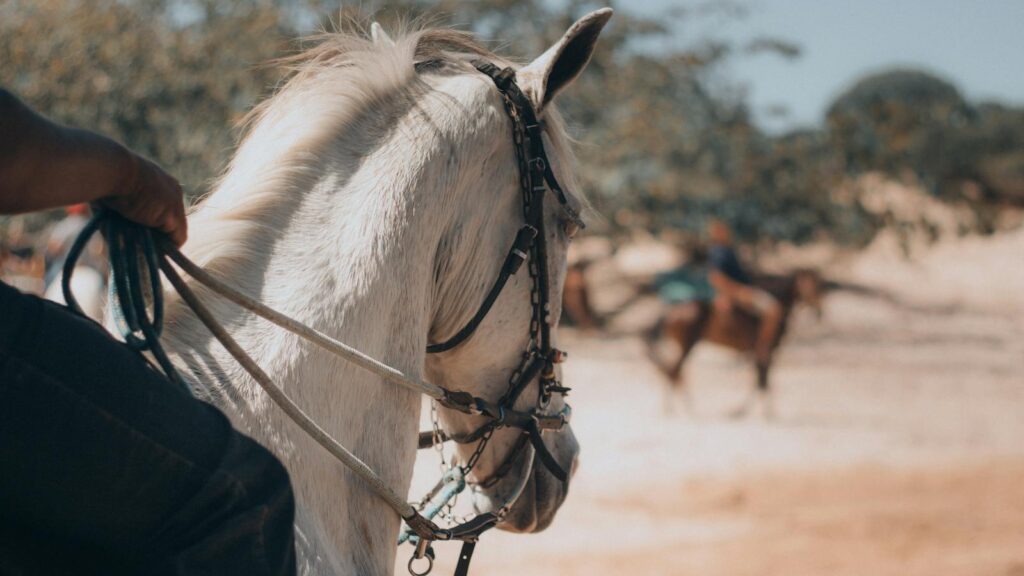
Every movement of the reins creates physical pressure on the horse’s sensitive mouth – a reality that conscientious riders never forget. Different bits create different pressure points, from direct bar pressure in a snaffle to leverage effects in curbs, poll pressure with gag bits, or tongue pressure with ports and rollers. Understanding exactly how your equipment functions should inform every rein movement, with riders of bitted horses developing an almost empathetic awareness of how their hand actions translate to mouth sensations. This awareness becomes particularly important when considering that a horse’s mouth contains numerous nerve endings and that tissue between the bit and jawbone can be easily damaged by harsh or incorrect rein use. The most refined riders develop what’s called “ounces of pressure” control, using the minimum amount needed for clear communication rather than relying on force. This sensitivity explains why professional trainers can often get responses from seemingly dull school horses that ignore stronger aids from beginners – they’ve developed the tactile awareness to find the minimum effective pressure.
Rein Length and Adjustment: Finding the Optimal Connection
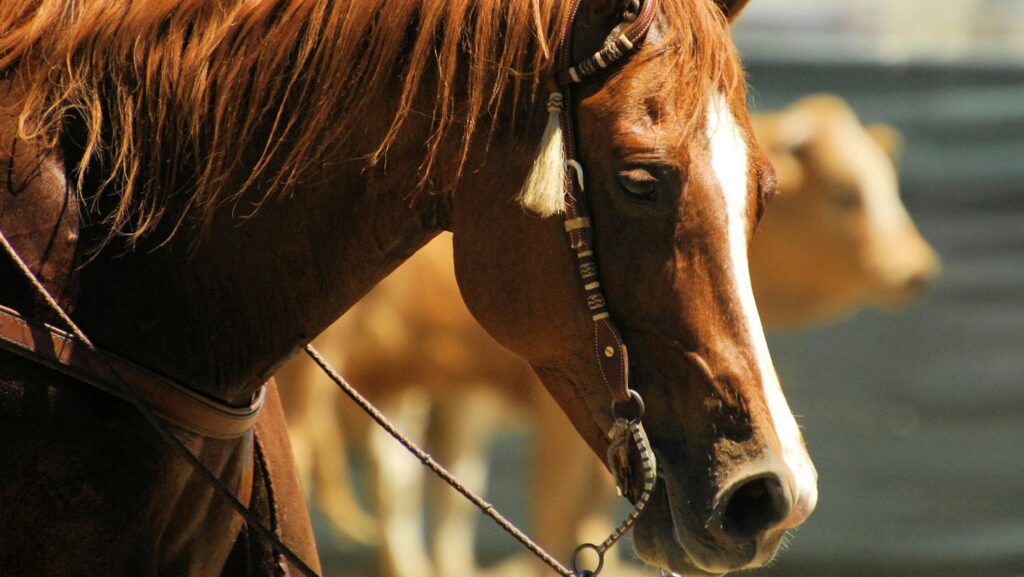
The ideal rein length varies dramatically depending on discipline, training stage, and individual horse needs, making proper adjustment a constantly evolving skill. Too-long reins create excessive slack that delays communication and can be dangerous if the horse spooks or bolts, while overly short reins restrict normal head movement and can create tension in both horse and rider. Dressage riders typically maintain shorter, more consistent contact than jumping riders, who need to allow freedom over fences, while western riders often use longer reins with minimal contact except during specific maneuvers. Regardless of discipline, the ability to smoothly and efficiently adjust rein length while maintaining contact represents a foundational skill that allows riders to adapt to changing situations without disrupting the horse’s balance. Many instructors teach the technique of “running the reins” through partially closed fingers to shorten or lengthen them without looking down or using the second hand – a skill that becomes particularly valuable in competition settings where efficiency matters.
Half-Halts: The Sophisticated Balancing Aid
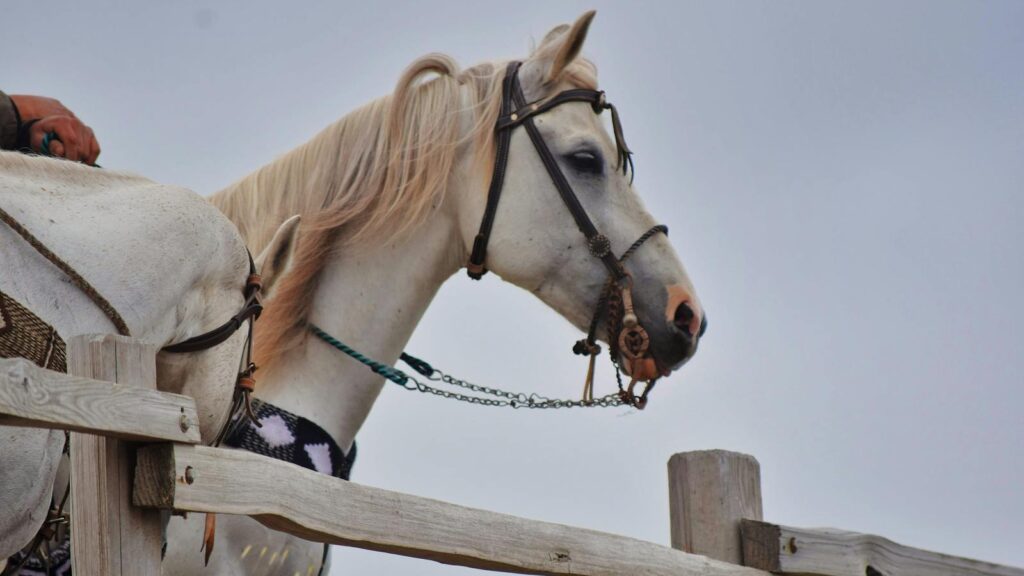
The half-halt, often described as “almost stopping without actually stopping,” represents one of the most sophisticated uses of rein control in the equestrian toolkit. This momentary rebalancing aid combines a slight closing of the fingers on the reins with core engagement and subtle weight shifting to rebalance the horse, increase engagement, or prepare for a transition. Unlike a complete halt, the half-halt lasts only a second or two – just long enough to rebalance and refocus the horse before continuing forward. Advanced riders can apply half-halts so subtly that they remain nearly invisible to observers while completely transforming the horse’s way of going, creating the collected, engaged movement that characterizes classical training. The half-halt provides the missing link between simply going forward and truly carrying oneself in balance, helping horses shift weight to the hindquarters and lighten the forehand. This sophisticated rein technique appears across disciplines from dressage tests to jumping courses to reining patterns, though it may be called by different names in various traditions.
Following Contact vs. Fixed Hands: The Dynamic Connection
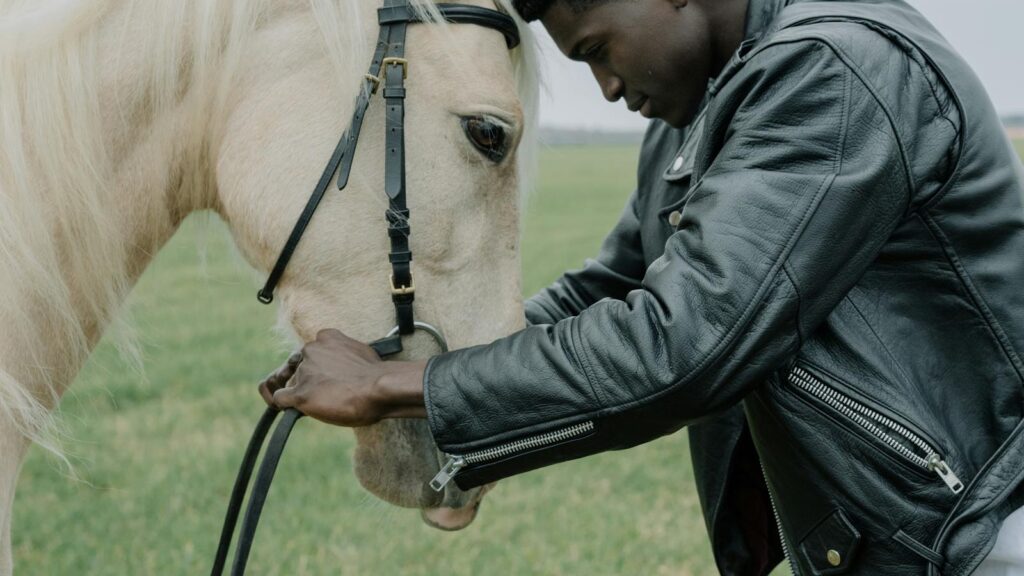
The concept of “following” with the hands represents a critical distinction between beginning and advanced rein control. Rather than maintaining fixed, static hand positions, skilled riders allow their hands to move slightly forward and back with the horse’s natural head movement at each gait, particularly the posting trot and canter. This following contact prevents the jarring, restrictive feeling that occurs when riders maintain rigid arms against a moving horse. Developing this elastic following requires relaxed shoulders and elbows that act as shock absorbers, moving just enough to maintain consistent pressure despite the horse’s movement. Electronic rein tension meters used in research settings have demonstrated that expert riders maintain remarkably consistent pressure despite these movements, while beginners show sharp spikes and drops in tension with each stride. This following quality explains why some horses that fight against beginning riders will relax and accept contact from experienced hands – they’re experiencing the difference between static pressure and dynamic, responsive contact that respects their movement.
Rein Effects on Collection and Extension
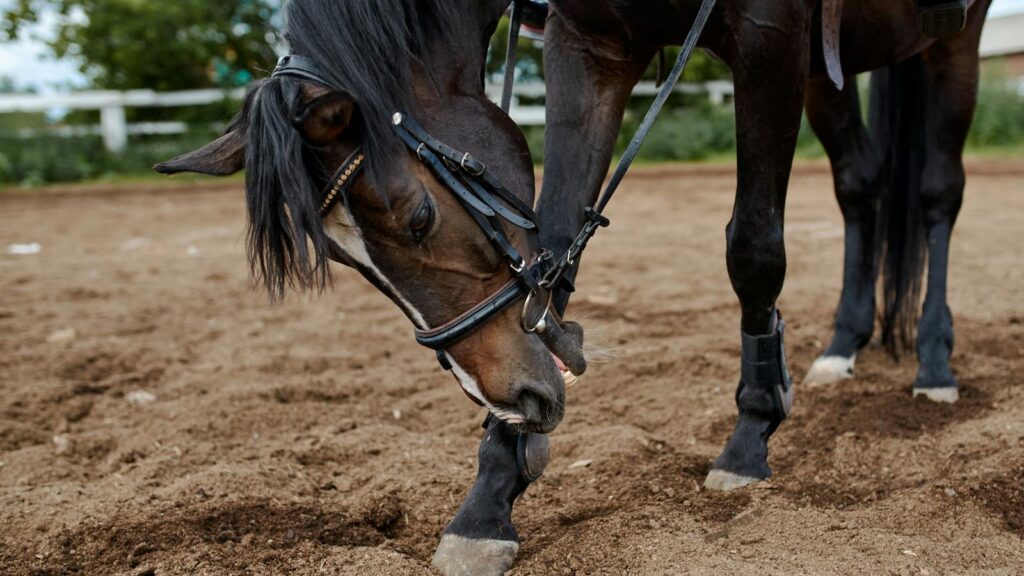
Sophisticated rein handling plays a crucial role in developing the horse’s ability to collect and extend – the compression and elongation of stride that creates dramatic movement differences within each gait. Collection requires the coordination of rein aids that contain forward energy while leg aids create impulsion, resulting in the horse carrying more weight on the hindquarters and lifting the forehand. Conversely, extension allows controlled forward reach while maintaining balance and rhythm, requiring precise release timing that permits longer strides without losing connection. These seemingly opposite movements actually represent different expressions of the same fundamental balance and self-carriage, achievable only through precise rein communication. The half-halt proves essential for transitioning between collected and extended work, with the momentary rebalancing creating the opportunity to reshape the horse’s way of going. Riders working on collection and extension often practice what dressage trainers call the “accordion exercise” – methodically compressing and extending strides within a single gait to develop the horse’s responsiveness to these subtle rein influences.
Rein-Back: The Ultimate Test of Clear Communication
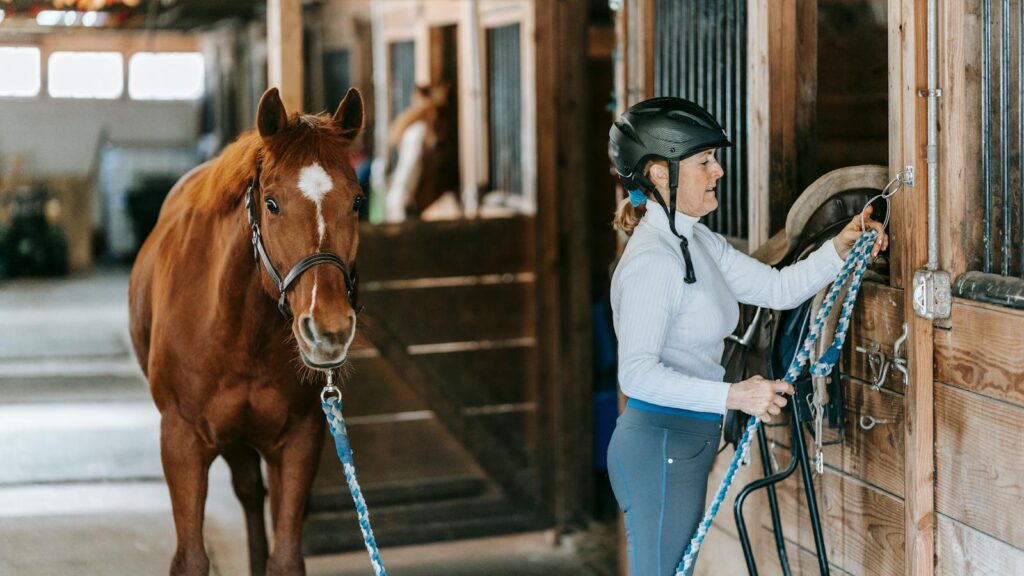
The rein-back, where the horse steps backward in diagonal pairs while remaining straight and balanced, serves as perhaps the ultimate test of clear rein communication and proper training. This movement requires the delicate coordination of containing forward energy with the reins while using leg aids to activate the hindquarters, creating backward steps that come from hindquarter engagement rather than dragging backward through resistance. A correctly performed rein-back demonstrates the horse’s understanding of pressure and release, willingness to yield to guidance, and physical capacity to shift weight appropriately. When performed poorly, with the horse hollowing the back, raising the head, or dragging the toes, the rein-back reveals gaps in basic training that often trace back to inconsistent rein communication. Many classical training traditions consider the quality of the rein-back a definitive indicator of training quality, noting that horses truly understanding rein aids will step backward willingly with minimal pressure, while those confused by rein communication or experiencing pain will resist this movement strongly.
One-Handed vs. Two-Handed Reining: Tradition and Function
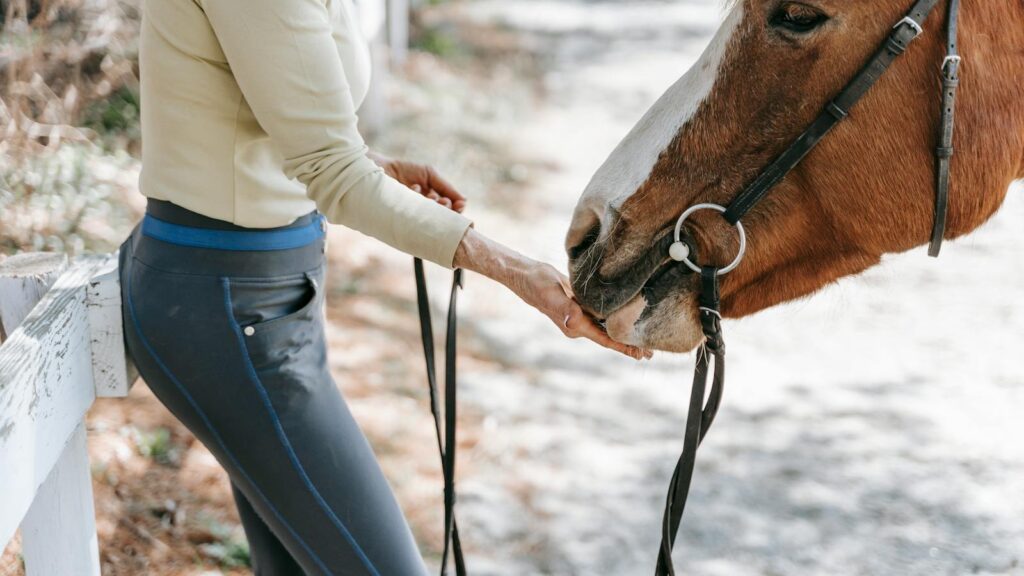
The division between one-handed and two-handed reining techniques represents both traditional differences between riding disciplines and functional adaptations to different working needs. Western riding traditions evolved toward one-handed neck reining largely for practical reasons – working cowboys needed one hand free for roping, opening gates, or carrying items while maintaining control of their mount. English traditions maintained two-handed direct reining for the precision required in dressage movements and jumping courses, where subtle differentiation between left and right rein aids creates precise communication. The equipment evolved alongside these differences, with Western curb bits designed to work effectively with neck reining and minimal direct pressure, while English snaffles facilitate the direct rein contact typical of two-handed riding. Many versatile horses learn both systems, responding appropriately to either one-handed or two-handed cues depending on the equipment and situation. Advanced riders in both traditions develop the ability to use either method effectively, recognizing that each offers specific advantages for particular situations and training goals.
Bridging and Combining Reins: Techniques for Stability and Precision

Specialized rein-holding techniques like bridging (where the reins pass between different fingers and across the palm) and combining (where split reins are temporarily held together) serve specific functional purposes beyond traditional holding methods. The bridge position, commonly seen in jumping and eventing, provides greater stability during intense moments like approaching fences or navigating difficult terrain, preventing accidental rein loss while maintaining contact sensitivity. Combining split reins, typical in Western riding, allows the rider to temporarily use direct reining for precision maneuvers before returning to neck reining for general riding. English riders sometimes employ a similar technique called “taking a bridge” when using double reins with a Pelham or double bridle, momentarily reorganizing the reins for a specific movement. These specialized holding patterns demonstrate how rein control has evolved to meet specific performance demands across disciplines, with riders adapting their techniques to optimize communication in different contexts. Most competitive riders develop proficiency with multiple holding techniques, selecting the most appropriate method for each riding situation rather than remaining limited to a single approach.
Rein Tension and Horse Psychology: The Mental Dimension
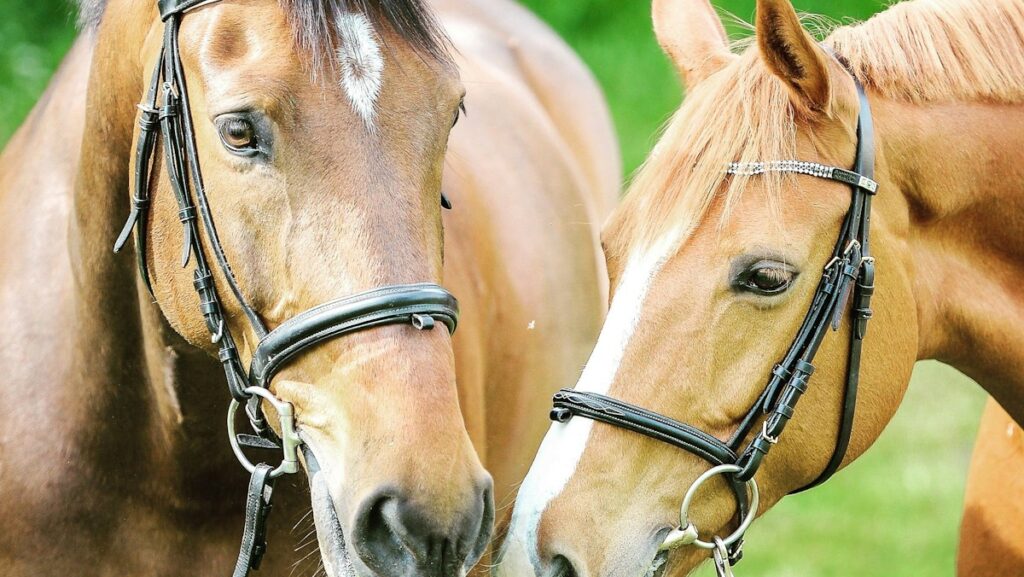
Beyond the physical mechanics, effective rein control requires understanding the psychological impact of different pressure patterns on the horse’s mental state. Consistent, predictable rein pressure that clearly releases when the horse responds correctly builds confidence and willingness, while erratic, unexplained pressure creates anxiety and confusion that can manifest as resistance behaviors. Horses naturally seek relief from pressure (negative reinforcement in learning theory terms), making the timing and clarity of pressure application and release fundamental to their understanding of rein cues. Research using rein tension meters has demonstrated that horses develop distinct expectations about “normal” pressure ranges with familiar riders, becoming immediately alert to changes in typical patterns even when those changes seem subtle to human observers. This psychological dimension explains why some sensitive horses perform willingly for experienced riders using seemingly strong bits, while fighting against beginners using mild equipment – the predictability and clarity of communication matters more than the equipment itself. Understanding this mental component of rein control allows riders to develop trust-based partnerships where horses respond confidently to the lightest possible aids.
conclusion
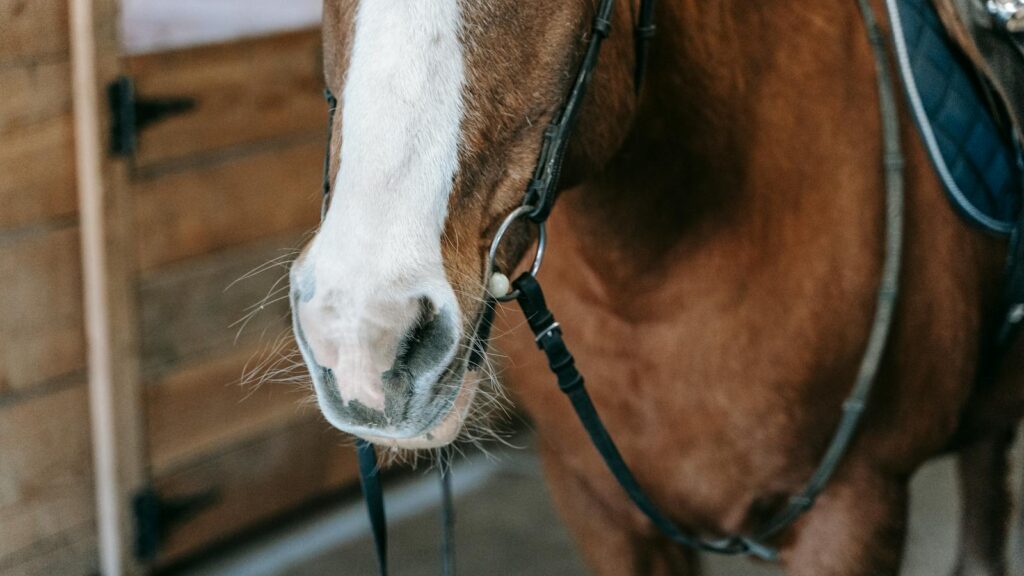
Masterful rein control represents the culmination of physical skill, psychological understanding, and dedicated practice that transforms horse-rider interactions from basic steering to sophisticated conversation. The five essential aspects explored here—understanding contact, developing independent hands, mastering release timing, selecting appropriate reining techniques, and maintaining pressure awareness—form the foundation upon which all advanced riding skills are built. Riders who dedicate themselves to refining these fundamental elements of rein communication discover that their horses become increasingly responsive, balanced, and willing partners. Rather than focusing solely on stronger equipment or more forceful aids, the path to improved performance lies in developing the sensitivity, consistency, and clarity that characterize truly excellent rein handling. As riders progress in their equestrian journey, they often find that using less achieves more—a paradox that defines the artistry of horsemanship at its highest levels.

